San Francisco Traffic Stands Still After Cruise AVs Stall in North Beach

With California having approved the contentious expansion of driverless robotaxis operating in San Francisco, autonomous test vehicles showed their readiness by stalling themselves in the middle of town. The situation reportedly wasn’t the result of local activists trying to disable the vehicles or cyber warfare, but rather the result of their having lost their internet connection for a few minutes.
According to the Los Angeles Times, nearly a dozen driverless vehicles operated by General Motors’ Cruise stopped late Friday night on Vallejo Street in the North Beach bar and restaurant district. Presumably there to snag some riders, the vehicles were unresponsive and ended up blocking traffic on San Francisco’s less-than-ample roads with their hazard lights on.
This left human drivers stuck behind the stalled AVs for roughly fifteen minutes, unable to find a way to get the self-driving vehicles moving again. However, they all suddenly came back to life after their nap and continued on as if nothing had happened.
From the LA Times:
The situation is loaded with irony, as the California Public Utilities Commission on Thursday voted 3 to 1 amid great public controversy to allow a massive robotaxi expansion. The vote allows General Motors-owned Cruise and Waymo, owned by Google’s Alphabet, to charge fares for driverless service and grow the fleet as large as they’d like. Cruise has said it plans eventually to deploy thousands of robotaxis in San Francisco.
City officials in San Francisco, from the mayor’s office down, have been fighting the move, with officials saying the robotaxi industry needs to fix problems that endanger the public first before further expanding the business. The city’s Fire Department has logged more than 55 cases of robotaxis interfering with first responders. Fire Chief Jeanine Nicholson has repeatedly said Cruise and Waymo are getting in firefighters’ way and their technology is “not ready for prime time.”
The CPUC decided to go ahead anyway. One of the three yes votes was cast by Commissioner John Reynolds, who served as head lawyer at Cruise before appointed to the CPUC by Gov. Gavin Newsom.
The no vote came from Commissioner Genevieve Shiroma, who said the companies should explain the problems and how they plan to fix them first.
Aaron Peskin, North Beach’s representative for the San Francisco Board of Supervisors, expressed his dismay regarding what might have happened if emergency services needed to get through the area while the vehicles were inoperable and incapable of even pulling off to the side of the road. He also noted that he was inundated with texts and emails where locals had filmed the empty cars blocking traffic.
Peskin reportedly reached out to Cruise government affairs manager Lauren Wilson late on Friday and was informed the following morning that cellular carriers had dropped the ball.
“As I understand it, outside lands impacted LTE cell connectivity and ability for RA advisors to route cars,” Wilson explained to him.
Outside Lands is a three-day music festival held in Golden Gate Park roughly four miles away. High usage at the event apparently left the North Beach without sufficient wireless connectivity and Cruise’s vehicles went dormant as a result.
Peskin has said local officials are doing whatever it takes to have the CPUC decision reversed, noting that they are currently discussing whether to seek a court injunction and whether or not to fine the companies whenever an autonomous test vehicle blocks traffic. He also told the outlet that CPUC and Governor Gavin Newsom (who appointed its members) were putting corporate money ahead of public safety.
“If you’re looking for an example of regulatory capture, you’re seeing it now,” Peskin explained. “It’s unethical and immoral but legal,” he continued. “Bottom line, this all goes to Gov. Gavin Christopher Newsom.”
While most of the incidents being cited by San Franciscan officials tend to be relatively minor, typically involving confused AVs clogging up construction zones or stopping abruptly near intersections. There have been collisions with trucks, buses, and a couple of fatal accidents involving dogs. A Cruise robotaxi even collided with a semi-truck on August 7th, which was just days before the California Public Utilities Commission voted to approve the expansion.
[Image: Cruise]
Become a TTAC insider. Get the latest news, features, TTAC takes, and everything else that gets to the truth about cars first by subscribing to our newsletter.

A staunch consumer advocate tracking industry trends and regulation. Before joining TTAC, Matt spent a decade working for marketing and research firms based in NYC. Clients included several of the world’s largest automakers, global tire brands, and aftermarket part suppliers. Dissatisfied with the corporate world and resentful of having to wear suits everyday, he pivoted to writing about cars. Since then, that man has become an ardent supporter of the right-to-repair movement, been interviewed on the auto industry by national radio broadcasts, driven more rental cars than anyone ever should, participated in amateur rallying events, and received the requisite minimum training as sanctioned by the SCCA. Handy with a wrench, Matt grew up surrounded by Detroit auto workers and managed to get a pizza delivery job before he was legally eligible. He later found himself driving box trucks through Manhattan, guaranteeing future sympathy for actual truckers. He continues to conduct research pertaining to the automotive sector as an independent contractor and has since moved back to his native Michigan, closer to where the cars are born. A contrarian, Matt claims to prefer understeer — stating that front and all-wheel drive vehicles cater best to his driving style.
More by Matt Posky
Latest Car Reviews
Read moreLatest Product Reviews
Read moreRecent Comments
- MKizzy If Tesla stops maintaining and expanding the Superchargers at current levels, imagine the chaos as more EV owners with high expectations visit crowded and no longer reliable Superchargers.It feels like at this point, Musk is nearly bored enough with Tesla and EVs in general to literally take his ball and going home.
- Incog99 I bought a brand new 4 on the floor 240SX coupe in 1989 in pearl green. I drove it almost 200k miles, put in a killer sound system and never wish I sold it. I graduated to an Infiniti Q45 next and that tank was amazing.
- CanadaCraig As an aside... you are so incredibly vulnerable as you're sitting there WAITING for you EV to charge. It freaks me out.
- Wjtinfwb My local Ford dealer would be better served if the entire facility was AI. At least AI won't be openly hostile and confrontational to your basic requests when making or servicing you 50k plus investment and maybe would return a phone call or two.
- Ras815 Tesla is going to make for one of those fantastic corporate case studies someday. They had it all, and all it took was an increasingly erratic CEO empowered to make a few terrible, unchallenged ideas to wreck it.


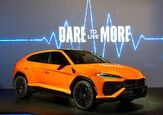














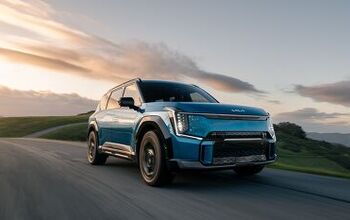

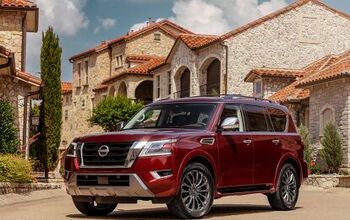
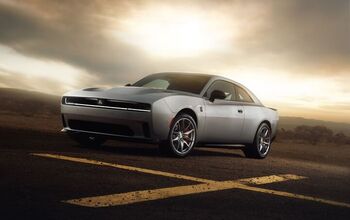


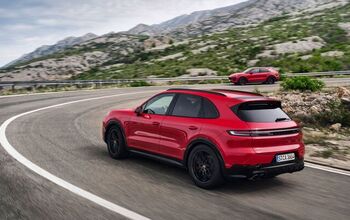
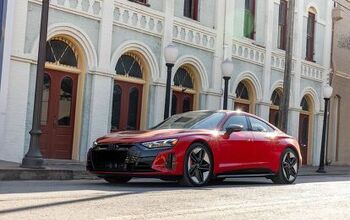

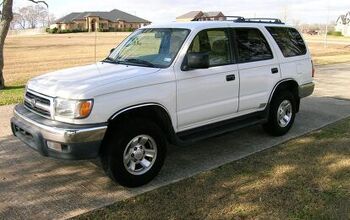
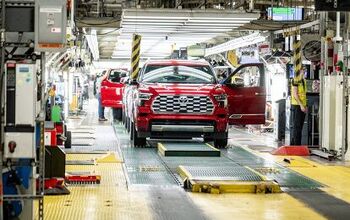
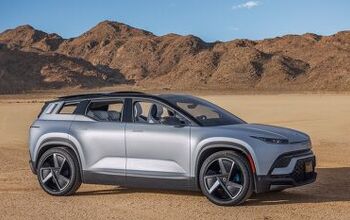

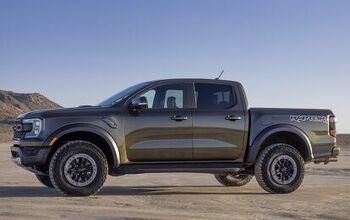
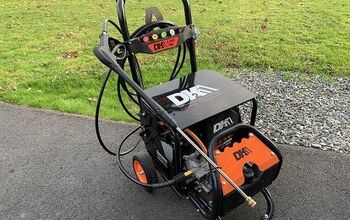
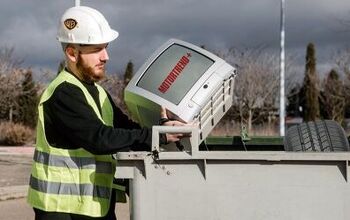
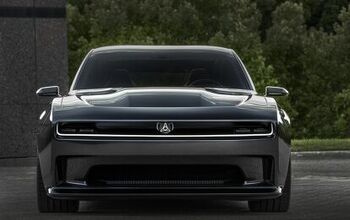
Comments
Join the conversation
Two in one night.
"A driverless Cruise car with a passenger inside collided with an emergency vehicle in San Francisco Thursday night, the company said.
Shortly after 10 p.m., the driverless Cruise car, which had a green light, entered the intersection at Polk and Turk streets in the Tenderloin, the company wrote in a tweet Friday morning, and was hit by an emergency vehicle that was en route to an emergency scene. The company did not specify what type of emergency vehicle it was."
...
This one is human caused, but another human driver might have seen it coming?
"The same night, a Cruise car collided with another vehicle at 26th and Mission streets.
The company said another driverless car, which had no passengers, entered the intersection on a green light when another car ran a red light at a high speed. The driverless car detected the other car and braked, according to Cruise, but the two cars still collided. The driver of the other car was treated and released at the scene and a police report has been filed, Cruise said."
San Francisco Chronicle.
This comes to mind:
https://en.m.wikipedia.org/wiki/Sally_(short_story)